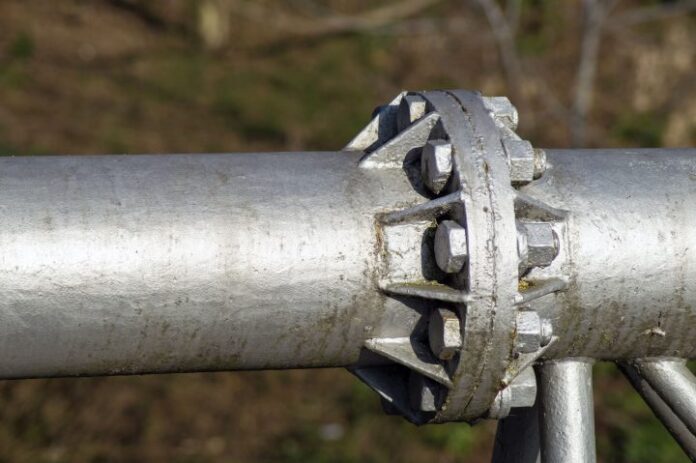Smart city connectivity is expanding to water utilities looking to ensure safe drinking water for citizens
We may not think about it every time we turn the faucet on, but it takes a very complex infrastructure to provide safe drinking water to a population.
Water utilities not only have to source, filter and supply fresh water – they’re also tasked with managing storm and wastewater, all while adhering to strict EPA quality measures and meeting the demands of a growing population. Globally, water consumption increased sixfold in the 20th century, more than double the rate of population growth.
Faced with these challenges, it’s imperative for water utilities to operate as efficiently as possible, with a watchful eye on maintaining quality. But according to recent reports, the U.S. water infrastructure – one of the safest in the world – is still in dire need of improvement.
While these reports have highlighted several areas of concern, the one I’d like to focus on is a widespread lack of data reporting. It’s difficult for utilities to maintain and improve the quality of their water without measurement, and yet they often don’t have the tools and connectivity needed to make an accurate assessment. This presents a serious obstacle in delivering safe water to the communities depending on them.
I believe wireless communications can offer significant improvements to help utilities overcome this challenge. Providing safe water requires connecting the right people, places and things with security and confidence. We can achieve this by unifying entire water ecosystems with data, voice and video connectivity in a digital water meter network.
How might this work? Wireless backhaul links would connect metropolitan lift stations to treatment facilities and all the way back to remote reservoirs. In real time, Supervisory Control And Data Acquisition sensors would monitor pressure, flow rates and water levels to identify leaks and unexpected inflows. Employees, even those who are remote, could easily track water usage and manage centralized valve and pump controls remotely.
This wireless communications infrastructure can enable water utilities to see the bigger picture, optimize quality and efficiency for everyday operations and respond much more quickly in times of crisis.
The time to build this infrastructure is now. In the “unforgiving environment” that utilities now face, fast and reliable communications are no longer a nice-to-have – they’re an urgent necessity.
Atul Bhatnagar, president and CEO of Cambium Networks, served as CEO of Ixia from March 2008 to May 2012, and served as its president and COO since September 2007. From 2001 to 2006, Bhatnagar was VP and GM of Nortel’s Enterprise Data Networks division generating $1 billion in revenue selling to global carriers and high-end enterprises offering resilient and scalable switching and routing for mission-critical applications. In 2000, Bhatnagar served as VP of advanced products at Alteon WebSystems. From May 1985 to May 2000, Bhatnagar worked at Hewlett-Packard in a variety of general management positions involving wireless network management and creating innovative internet appliances. Bhatnagar holds an M.S.E.E from the University of New Mexico Albuquerque and a B.S.E.E from the Birla Institute of Technology and Sciences, Pilani, India.
Editor’s Note: The RCR Wireless News Reality Check section is where C-level executives and advisory firms from across the mobile industry share unique insights and experiences.

